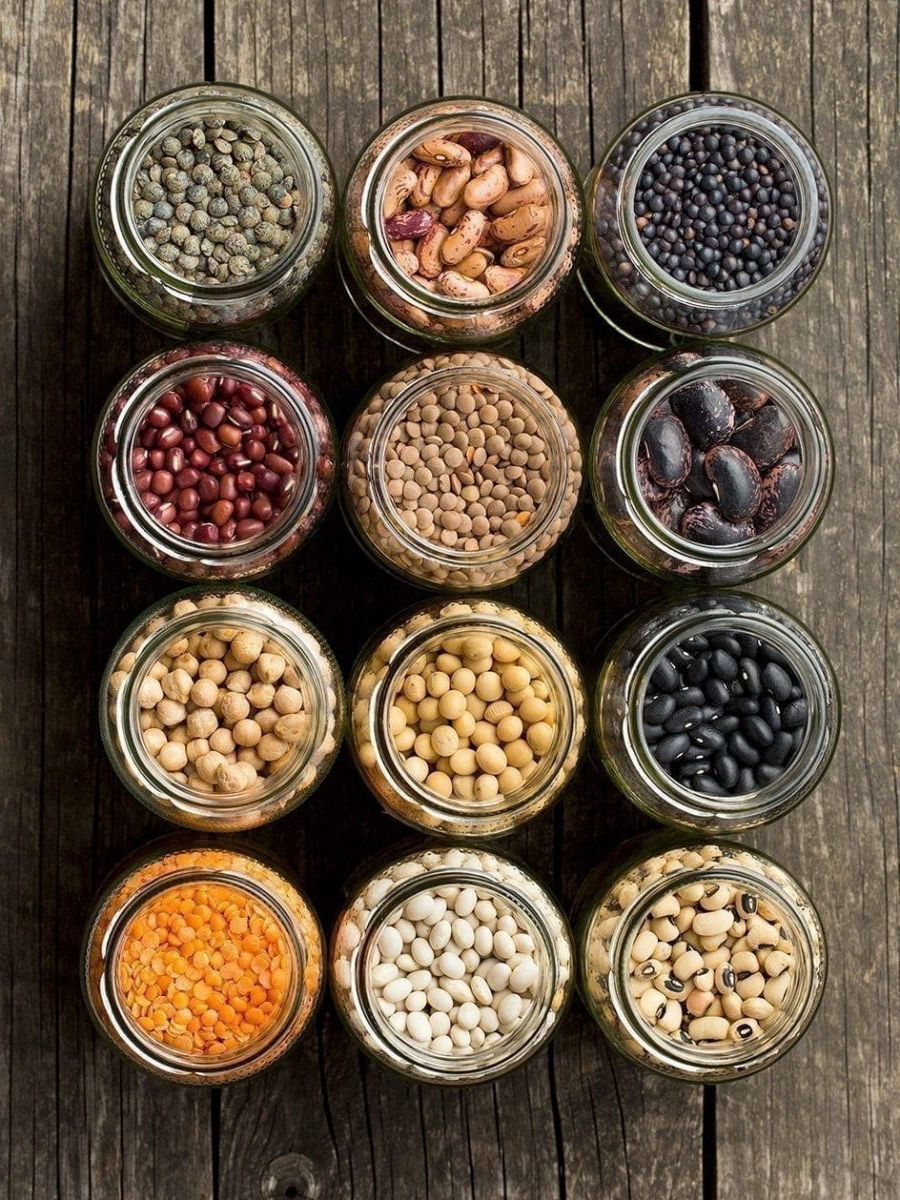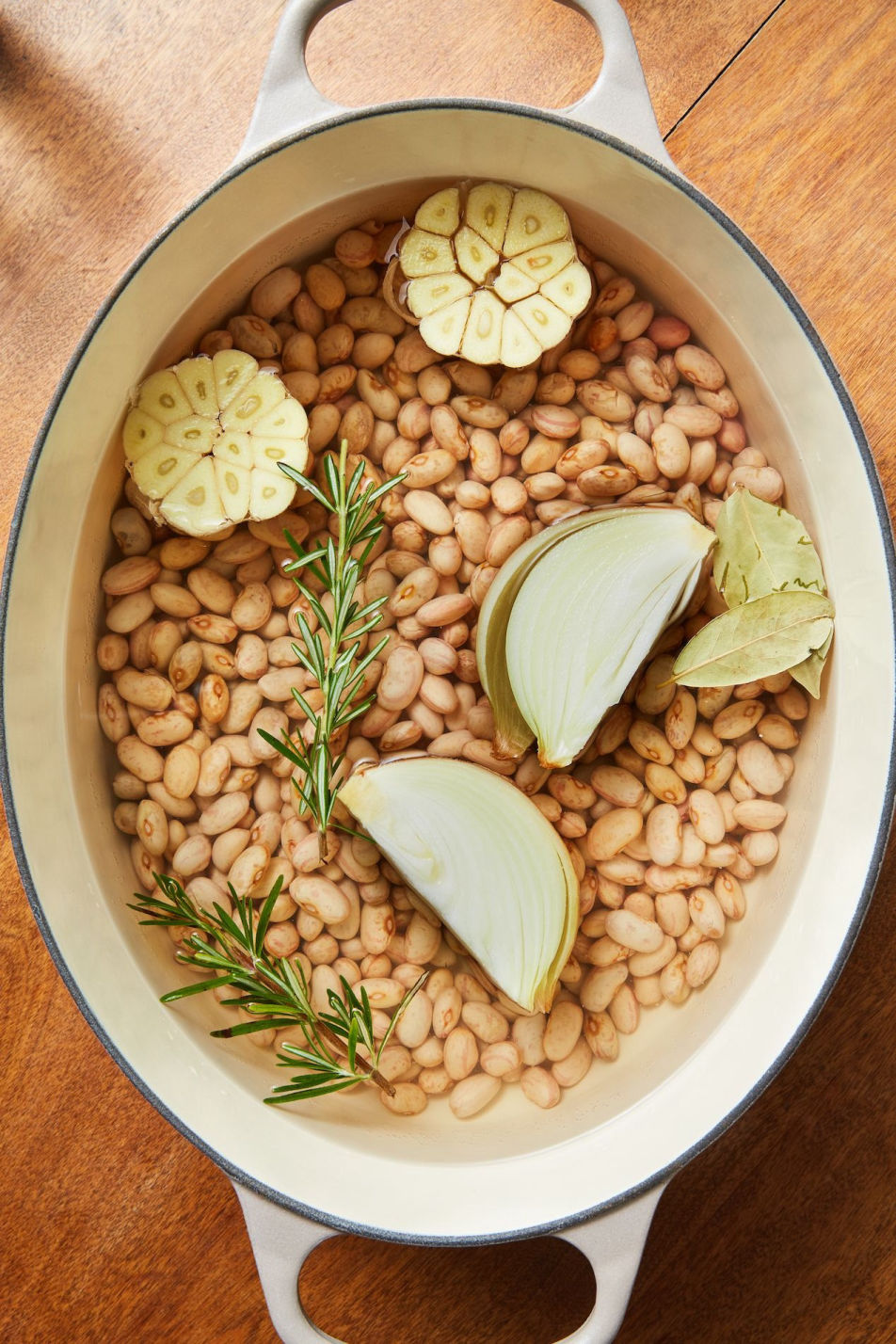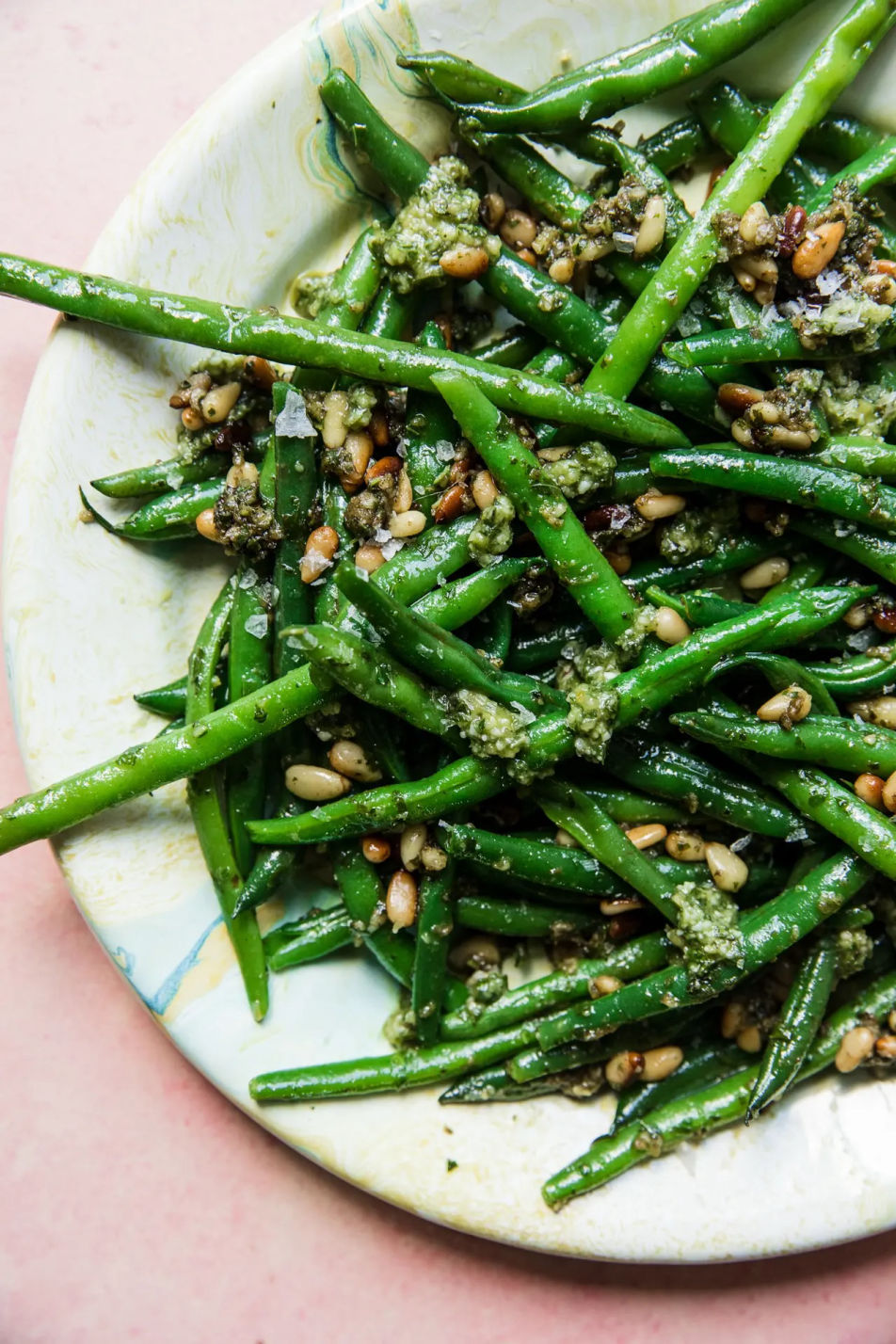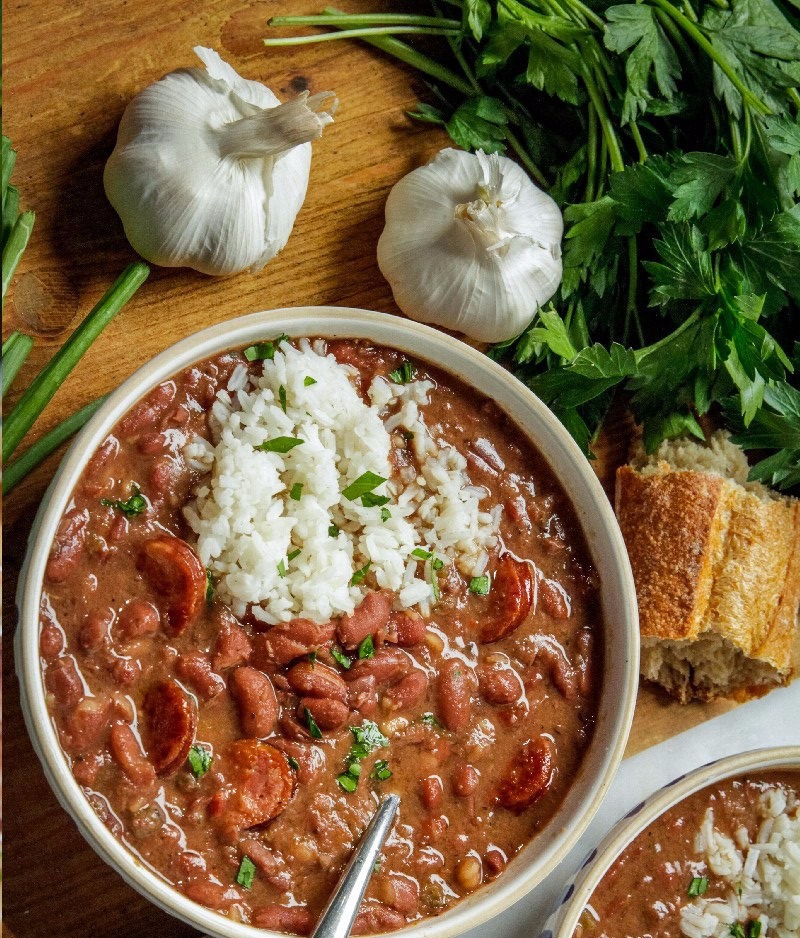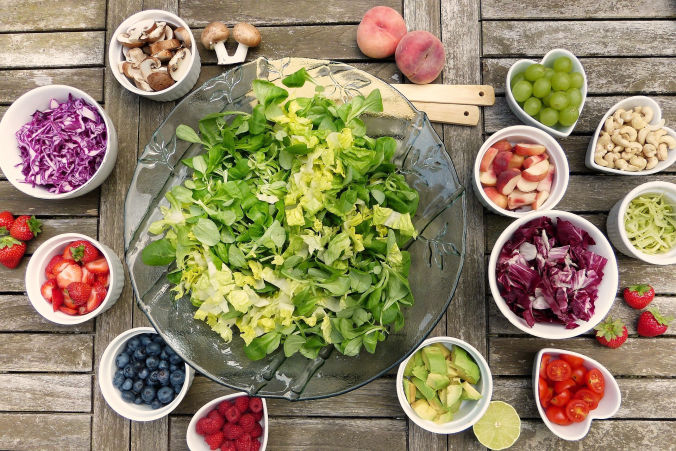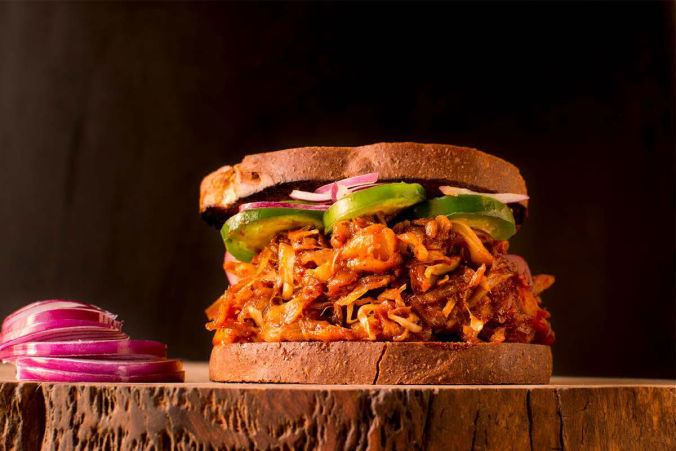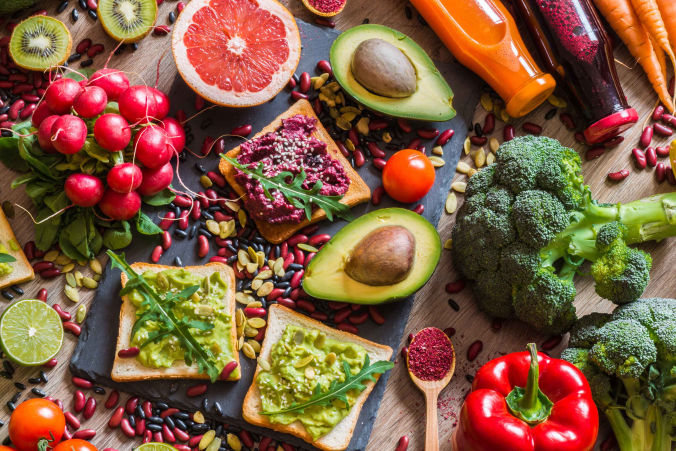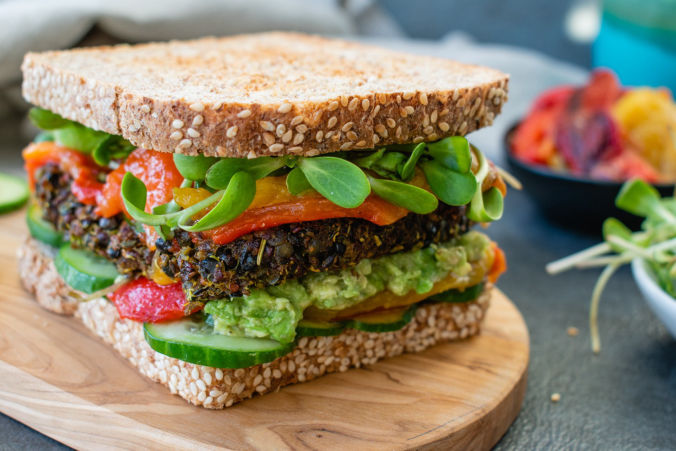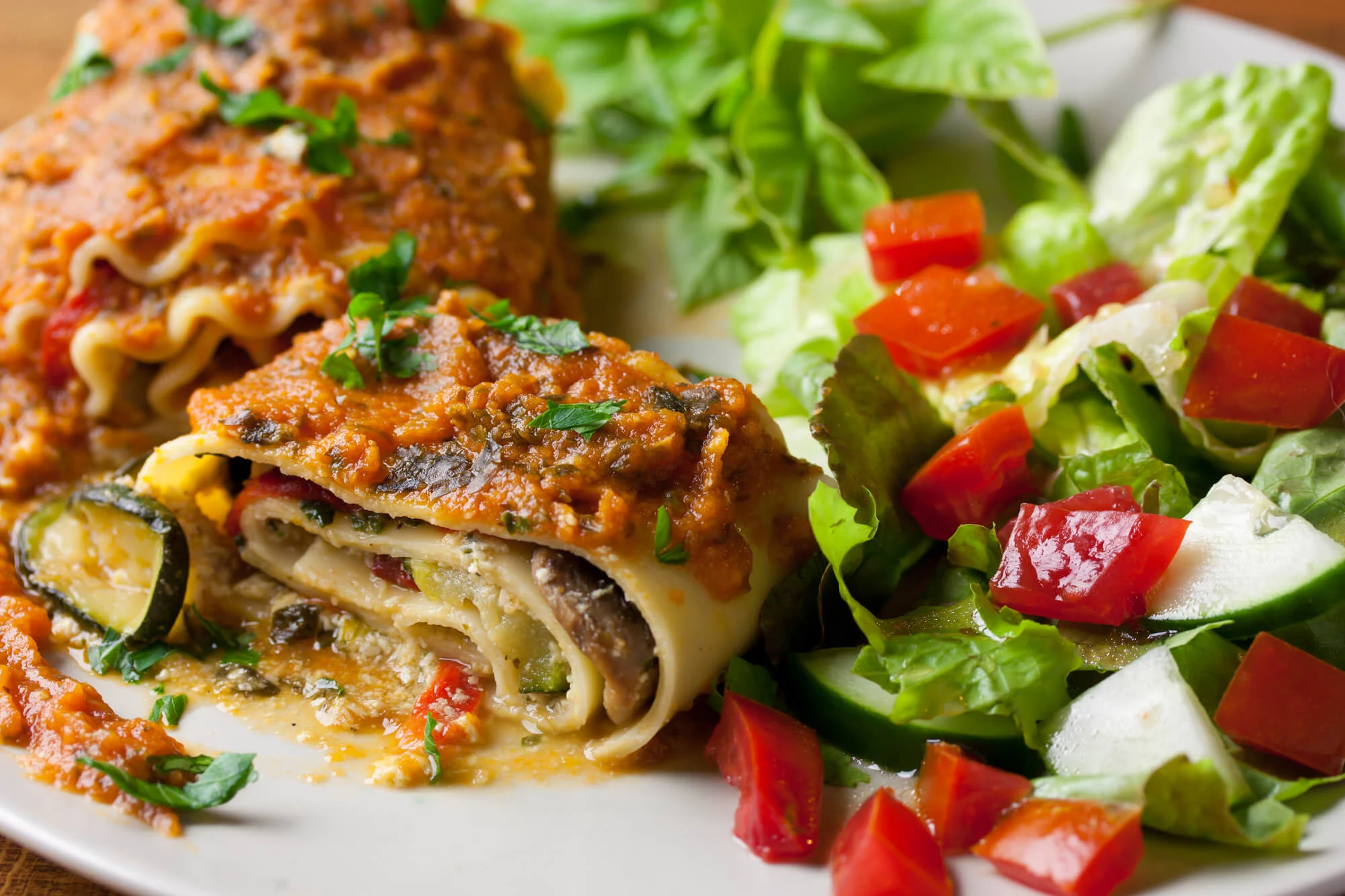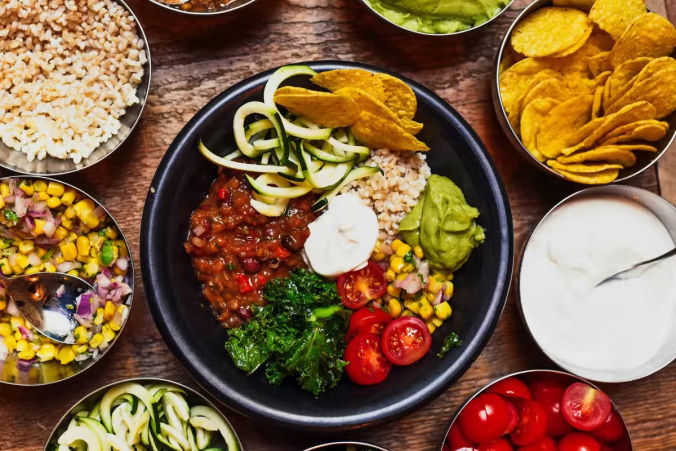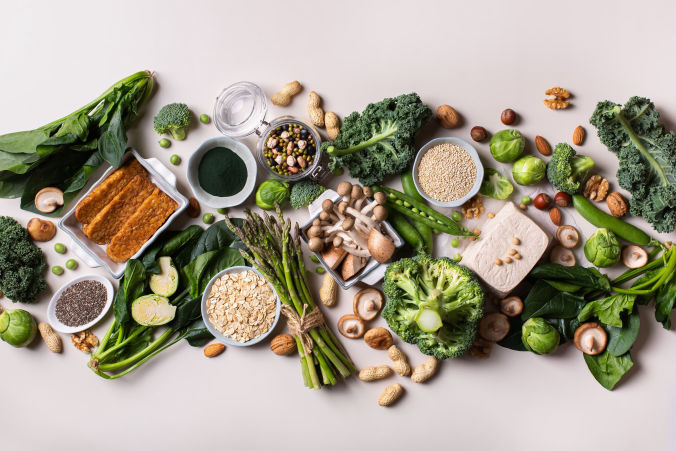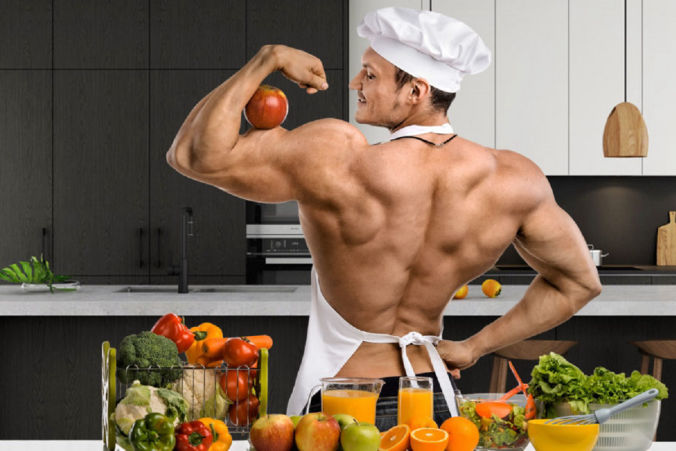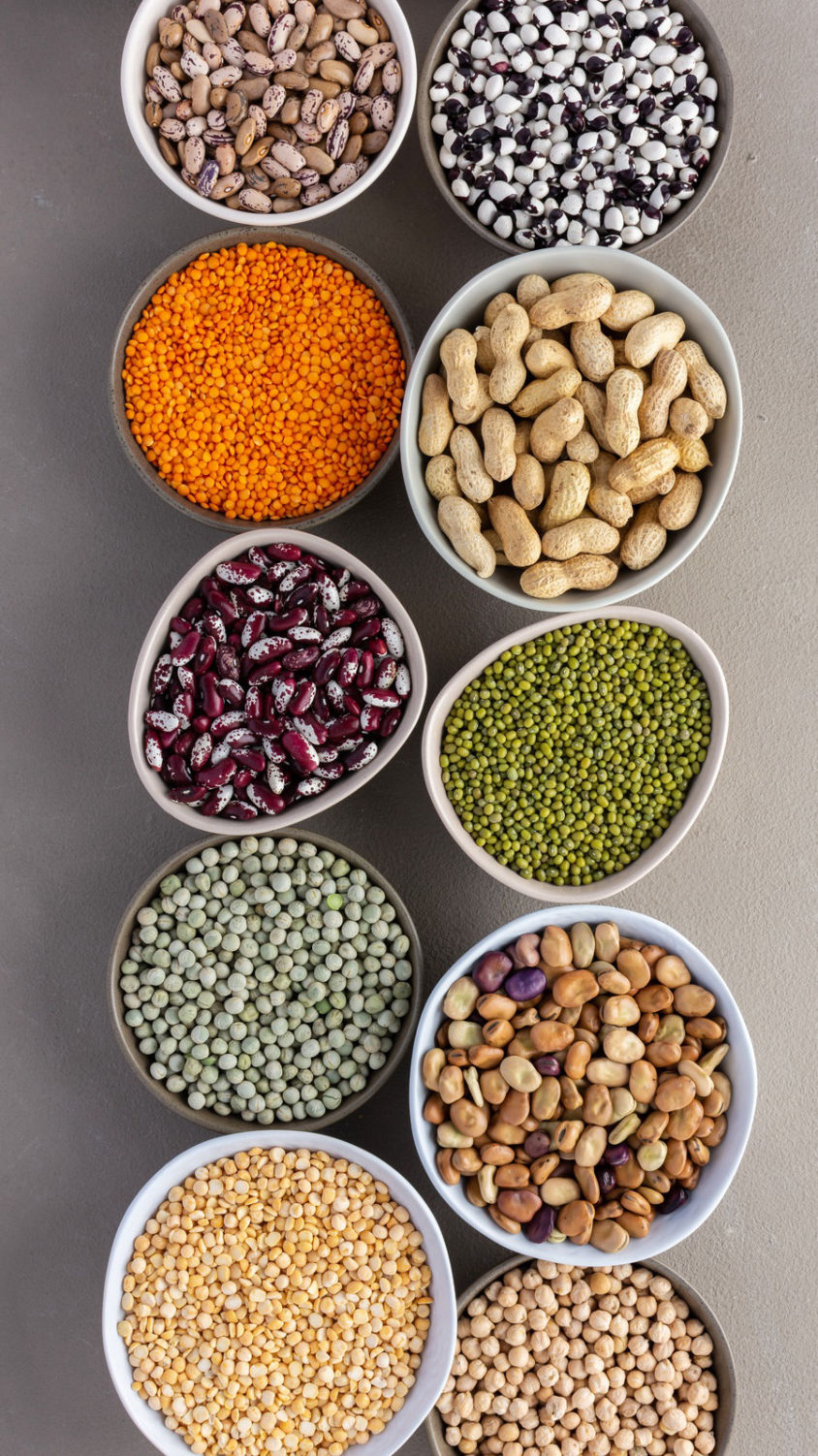
Three Key Beans You’ll Want to Cook
Black beans and pinto beans are highly popular ingredients in Mexican cuisine and work wonderfully as fillings for burritos. They can also be served alongside rice, guacamole, and salsa on a Mexican-style supper plate.
Beans, including black beans and pintos, make fantastic leftovers. In many Mexican households, leftover beans are refrigerated and then fried up the next day to make Mexican-style refried beans. Simply mash the beans, add some water, and heat them in a frying pan with sautéed minced garlic in vegetable oil. For an extra touch, if you enjoy cilantro, stir in some chopped cilantro just before serving.
Chickpeas, also known as garbanzo beans, are immensely popular in Indian and Middle Eastern cuisines. They possess a distinct flavor and incredible texture, setting them apart from other bean varieties. One noteworthy characteristic of chickpeas is their higher fat content, which adds a richness of flavor absent in other beans.
One of the most beloved Indian dishes is chana masala, a delicious curry primarily made with chickpeas. This dish is typically accompanied by rice and samosas. Chickpeas also play a vital role in Middle Eastern cooking, serving as the main ingredient in two common foods: hummus and falafel.
While black beans, pintos, and chickpeas provide an excellent starting point for exploring the world of beans, don't hesitate to explore other varieties available at your local grocery or natural foods store.
